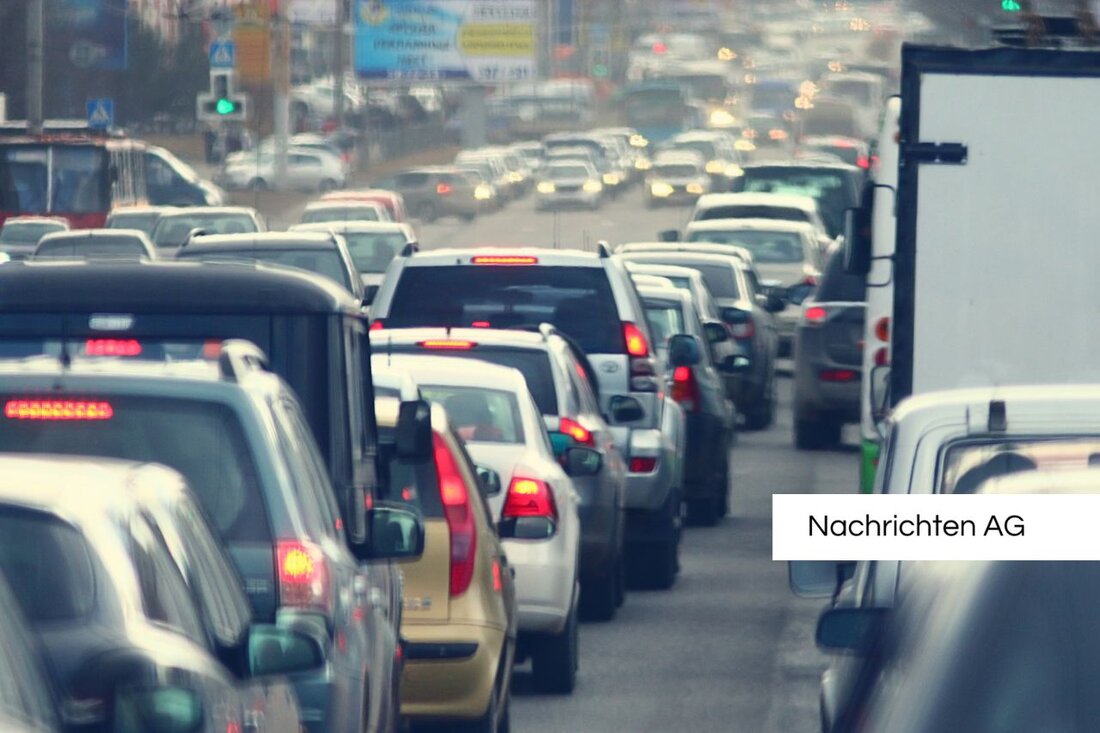Racing cyclists cause trouble: dispute over new cycle path in Giesing!
Residents in Munich-Giesing are calling for measures against racing cyclists on the new cycle path. Traffic and safety in focus.

Racing cyclists cause trouble: dispute over new cycle path in Giesing!
There are currently heated discussions in Giesing about the new cycle path on Martin-Luther-Straße. Residents complain about racing cyclists who use the cycle path like a race track, endangering the safety of passers-by. A resident reported an incident in which she was insulted when she tried to cross the street despite the green light. These are just some of the voices that point out the problems that have arisen since the bike path was created in 2023. The cycle path was created by converting a car lane on both sides into a cycle path, which has been the subject of debate ever since. Detailed reports from tz.de describe the different perspectives of local citizens - and the critical voices are becoming louder and louder.
The traffic test is currently part of longer-term planning. This attempt was intensively discussed in the Obergiesing-Fasangarten district committee and in the neighboring district of Untergiesing-Harlaching. Green politicians see positive effects such as greater safety and more families cycling. This is not shared by SPD representatives, who point out that racing cyclists are an increasing problem. The SPD politician Andreas Streitmüller is therefore calling for measures to be taken to improve the situation. Petra Jakobi from the Greens adds that it is necessary to control and sanction irregular behavior.
Burden on car traffic
The lane conversion also has a direct impact on car traffic. Traffic congestion has increased since the cycle path was introduced, which is fueling the discussion about balanced transport support. In this context, there are also concerns from the SPD, which twice advocated for the decision to be postponed in order to avoid long traffic jams for drivers. According to the Abendzeitung München, a yellow-marked cycle path was selected as a test solution that will remain in place for a year while traffic counts are carried out at the same time.
Another aspect of the debate is that car traffic and cycling in Giesing have undergone significant changes in recent years. Compared to 2008, there are 27% fewer cars on Martin-Luther-Straße, while bicycle traffic has doubled since 2016. The mobility department in Munich has also pointed out that, despite the challenges, incentives for cycling will continue to be expanded.
Sustainability and transport transition
These developments are in line with a general trend towards promoting environmentally friendly behavior. According to the Mobility Forum, switching to bicycles is seen as an increasingly popular alternative to cars. The expansion of cycling, the spread of e-bikes and the growing awareness of sustainable mobility are also topics that are part of this discussion. Current projects aim to provide reliable, well-prepared data to analyze the traffic situation and take appropriate measures to promote cycling. The Federal Ministry for Digital and Transport is promoting these measures as part of the National Cycling Plan.
In summary, it can be said that the citizens of Giesing are currently facing a major upheaval that brings with it both challenges and opportunities. It will be exciting to see how traffic develops in the next few months and what measures are taken to create a balance between the different road users. According to CSU politician Andreas Babor, the voices of pedestrians and residents must be incorporated into future planning so that a comprehensive solution can be found.

 Suche
Suche
 Mein Konto
Mein Konto